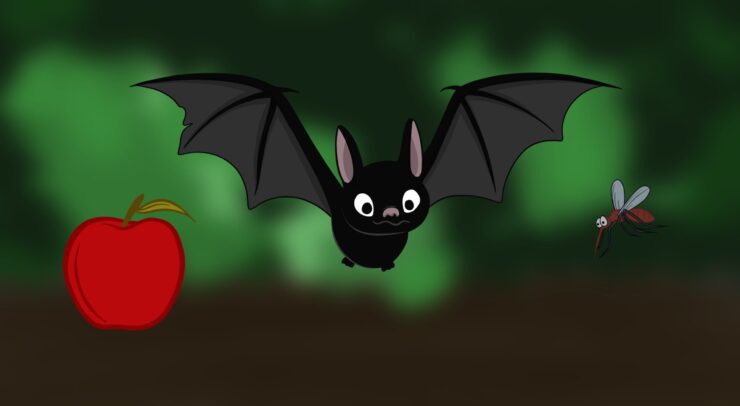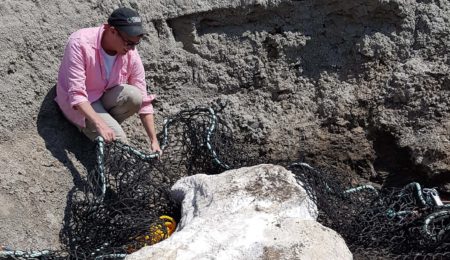U of O PhD student examines past bat diets over time
On Oct. 20, U of O PhD student Lauren Gallant sat down with the Fulcrum to discuss her research involving fresh bat guano samples from Belize and Jamaica. The study is titled “A 4,300-year History of Dietary Changes in a Bat Roost Determined From a Tropical Guano Deposit.” Gallant designed her research to be an exploratory study aiming to push the boundaries of limnology, which is the multidisciplinary study of inland waters. The goal was to determine whether bats have been affected by natural or anthropogenic (manmade) changes over time.
Her research began in Belize, where Gallant and a group of experts went to collect the bat guano samples, which are accumulated excrements from bats. Gallant collected samples throughout the evenings on multiple occasions to avoid sampling from the same bat each time. This was important for the study to ensure sampling was being done ethically and as respectfully as possible.
Gallant explained that during their analysis they were looking for sterols and stanols, “which basically give us an idea of the diet of those bats. So that involves a lot of work to determine the chemical composition of the sterols and stanols in the guano. We used a lot of different methodologies, chemicals, equipment, to get to the point of being able to run a sample and know that the concentrations of the sterols and stanols are accurate.”
Additionally, the researcher received a guano sample approximately 129 cm in length from Jamaica taken from a 2 metre length deposit. From there, researchers, “did the same analysis for sterols and stanols on 1 cm intervals, as well as stable isotopes. We also analyzed those guano samples for lead 210 and carbon 14.”
The lead and carbon allowed Gallant to date at which point the guano sample was deposited. The goal was to correlate the concentrations of different compounds within the guano to a time period and determine if that was related to any major events.
The results from the guano samples showed “that…there were two periods of increased fruit eating relative to insect eating.”
According to the researcher, this could indicate the composition of the bat colony changed during those two periods, meaning there were more fruit eating bats than there were insect eating bats or that there was a shift in diet.
Gallant explained, “a zoo sterile is an animal derived sterol, an example of this would be cholesterol or prosental versus phytosterols; those are plant derived sterols, they contain high concentrations of things like sitosterol or stigmasterol.”
She continued, “so when we looked at a bat guano sample from Belize, we could see that fruit eating bats have this general composition of sterols and insect eating bats have this general composition. When we compare that to the core, if we see a fluctuation, you know, towards one side of the spectrum or another we saw previously more fruit based eating versus insect eating.”
Most interestingly, Gallant observed that the two instances where they saw more fruit based eating occurred during periods of warmer and drier conditions. Although their study was unable to distinguish whether warmer, drier conditions affected the availability of insects and thus the bats shifted to a more fruit based diet, or there was a shift in the composition of the bat colony. It appears according to the study the shift in diet may not have been directly caused by humans however, it’s important to note that humans can impact the climate and potentially bat eating patterns in the future.
When asked how the general public can best support bats, Gallant responded, be cautious with them. If you’re not comfortable having them removed from your home, then call an expert. Little things like putting up bat boxes can really help by giving bats another opportunity to find a home, and allowing them to reside in your trees or your natural setting around you can really help.”
Currently, Gallant is working on her post doc through the University of Ottawa which is largely affiliated with Health Canada. Her work involves studying genotoxic chemicals and their impact on humans to learn more about Gallant and her research, visit her website here.





